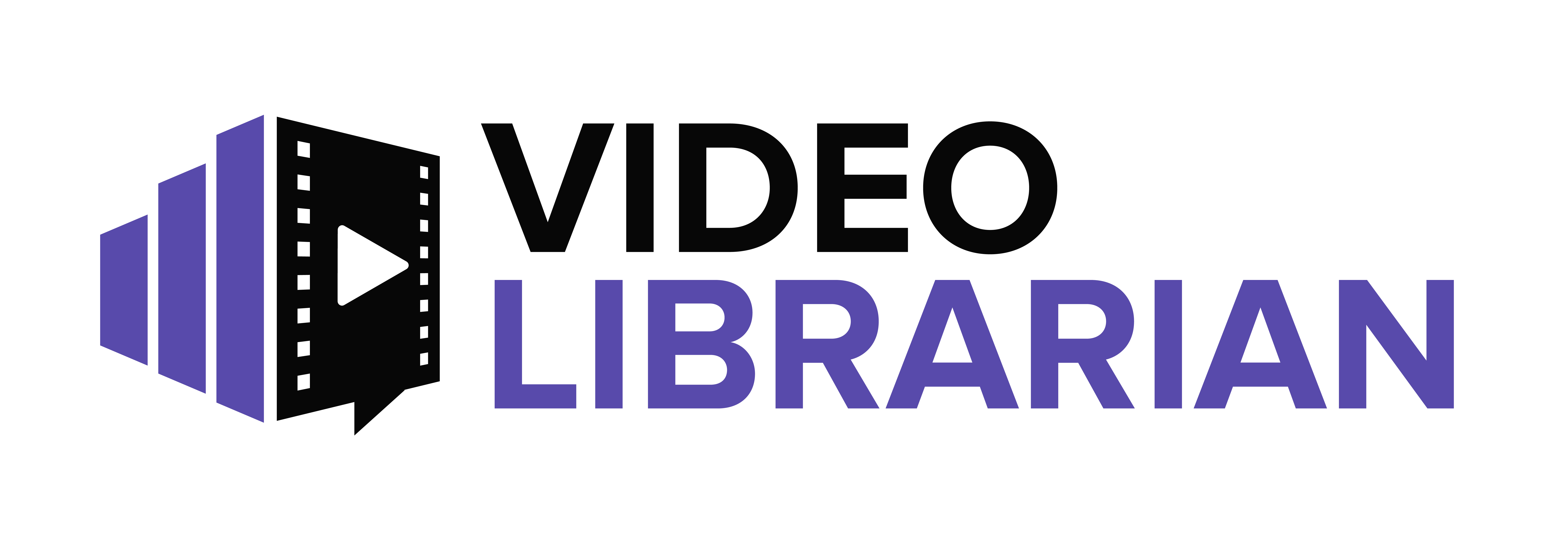Visual media, film, and pop culture are dominated right now by comic book-inspired properties, shows, movies, video games, etc. Likewise, comic books and graphic novels are becoming more and more prominent in the classroom, so I wanted to talk to an independent comic book company.
Tumble Creek Press is committed to expansive and inclusive stories. I asked its founder, Dani Dixon, why she is committed to comics—particularly in reference to her specific mission regarding the representation of children of color in this popular media. I enjoyed my conversation with Dixon and the way it illuminates the power and importance of this medium, especially for educators.
Why comics?
We live in visual mediums. As humans, it’s how we take in stories and ideas. The power of words and images combined is huge, and that combination is a great way to tell a story. For me, as a writer, it’s also just how certain stories are in my brain.
When I get an idea, whether it starts with a character or a line of dialogue, it becomes clear to me very early on whether that idea is a comic or novel or a screenplay or a TV pilot and certain ideas scream, “comic!”
What are your thoughts on comics in the classroom? What benefits do they offer?
I think it’s easier to capture student attention through comics. Visual information is processed faster, so you can often capture student interest in mere seconds through a comic. Students don’t have to agree or disagree. They don’t have to be familiar with something for it to capture their attention from the start when it’s delivered in this way. Everything else follows from there. Plus, the retention of information improves when images are included. So, what they are learning sticks.
It’s important for educators to consider that comics are valuable even if they aren’t as long as novels. You don’t need to find the exact equivalent to get the same value. In fact, comics have a higher new words/new vocabulary introduction rate than most novels aimed at similar age levels or grade levels, so students can absolutely build vocabulary skills and improve their reading level through comics. Comics have a story, a set of ideas, place, characters so most of the activities that you would do with a novel can be done with a comic.
Finally, complex ideas can be broached through comics and deep conversations can begin. The inclusion of images gains student interest and investment and everything grows from there.
I know engaging “reluctant readers” is a big issue for educators. What is the role of comics here?
Comics are huge for these readers. I remember going to a show in Leimert Park in Los Angeles and a mom telling me that she bought her son my comic that day. She was shocked because he finished the comic that same day, but his initial interest point wasn’t even the comic because he wasn’t that into reading. The entry point for him was the trading cards I was selling that featured the characters from the comic.
He was attracted to the art on these cards. The art is what piqued his interest, but there he was reading an entire comic that afternoon. His mom really couldn’t believe it because he was typically such a reluctant reader. Of course, it also didn’t hurt that the comic had an Amer-Asian character and a Black character as leads and that he was a Black child.
The key is to get students to love reading. If comics can do that, there is intrinsic wealth and value there. If they end up reading comics for the rest of their lives, that’s really not a bad thing at all.
Why can independent comic publishers/presses benefit educators?
If you are trying to bring in comics as an educator, you are already innovating. You are already expanding beyond the tried and true. You are seeking to expand what you expose your students to. If you stay within corporate comics, you probably won’t get that broad expansion that you are seeking as those often focus on the same limited scope in terms of point of view and representation.
So, you may not be able to reach the students you are seeking to reach or that you might be struggling to reach. When you include independent comics you can bring in those voices and points of view and communities that are often left out.
But, how do educators FIND those comics?
Comixology is a great resource for finding independent comics. Educators can also follow reliable reviewers who curate quality resources. Once you find a good comic or a good company [independent comic house], you can keep using them and incorporate more and more of their new publications.
It’s also easier than ever before to get comics for libraries or classrooms, especially digital versions. Educators can find graphic novel collections that will hold up well in a classroom. Lots of independent comics are now available across all platforms.
What about your comics, what about Tumble Creek Press?
Tumble Creek Press comics are far more diverse than most comics available in terms of women of color and people of color being main characters and in terms of having multiple characters of color.
The worlds are always inclusive and not in a quota or token kind of way. They reflect what the world actually looks like, what my world looks like. You also get sci-fi and fantastical elements in my work, which youth really love. My work starts from a place of very natural and expansive diversity and then layers on top of that.




